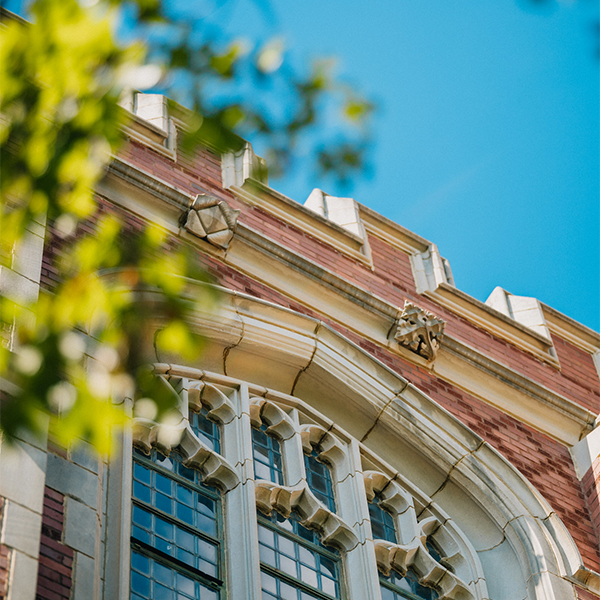Twice a week, OU researchers are collecting wastewater samples from the city’s four wastewater treatment plants and 15 residential manhole sites dispersed across the city to test the sewage for COVID-19.
According to the Centers for Disease Control and Prevention, many people infected with COVID-19 shed the virus in their waste before developing symptoms. Because of this, municipalities and universities worldwide are monitoring sewage for COVID-19, which may serve as an early indicator of potential outbreaks.
OU began implementing this approach on the Norman campus earlier in the fall semester, and the same researchers are using this technique with the wastewater samples collected in Oklahoma City.
“Wastewater sampling affords valuable lead time that can be used to stem further transmission of COVID-19,” said OU associate professor of microbiology Bradley Stevenson, who leads the OU research team. “At OU, our wastewater research is being used to complement other surveillance measures the university has in place. Our research team looks forward to extending this important initiative to the City of Oklahoma City.”
The results of the wastewater sampling will serve as an additional data point that will inform the city’s overall public health strategy. Over time, the results will provide a measure of how levels of the virus are changing in the population, which will help assess the effectiveness of public health guidance and whether additional resources should be allocated to a specific area.
“This project will catapult Oklahoma City into a top tier of Smart Cities, and we’re confident this data will help guide public health measures in directly targeting testing, vaccine and other interventions toward the citizens who are most impacted by the virus at any given time period,” said Phil Maytubby, chief operating officer of the Oklahoma City-County Health Department.
The Oklahoma City wastewater monitoring effort is funded from the city’s allocation of federal money under the Coronavirus Aid, Relief and Economic Security (CARES) Act.
“We allocated $535,000 of our CARES Act funding to support this vital research project for our community,” said city manager Craig Freeman. “The data will help the Oklahoma City County Health Department monitor COVID-19’s spread within OKC and respond appropriately.”
To obtain the samples, OU researchers use a refrigerated automatic sampler to collect a representative wastewater sample from the sewage system over a 24-hour time period, amounting to about two gallons a day. The research team then tests the samples for the presence of SARS-CoV-2 genetic material, which is the virus that causes COVID-19.
Over time, researchers can compare the trendline for levels of the virus with levels of a common, harmless reference virus. The viral counts found in wastewater can complement other data, such as local positive case counts, which can be used to inform public health decision making.
The OU COVID-19 sewage surveillance team is comprised of: Bradley Stevenson (associate professor, OU Department of Microbiology and Plant Biology), Jason Vogel (professor, OU School of Civil Engineering and Environmental Science; director, Oklahoma Water Survey), Katrin Kuhn (associate professor, OU Hudson College of Public Health) and Halley Reeves (vice president, Community Health Impact at OU Health).
The wastewater sampling initiative at OU was launched with seed funding from the Office of the Vice President for Research and Partnerships on the OU Norman campus.
For more information about the City of Oklahoma City’s response to COVID-19, visit okc.gov. To learn about OU’s COVID-19 measures on the Norman campus, visit ou.edu/together.
Editor’s note: Media are invited to view the wastewater collection process at 10 a.m. Monday, Dec. 7. Meet just east of 200 SE 4th St., Oklahoma City. For more information, contact Jason Vogel at jason.vogel@ou.edu.
About the University of Oklahoma
Founded in 1890, the University of Oklahoma is a public research university located in Norman, Oklahoma. OU serves the educational, cultural, economic and health care needs of the state, region and nation. For more information visit www.ou.edu.



